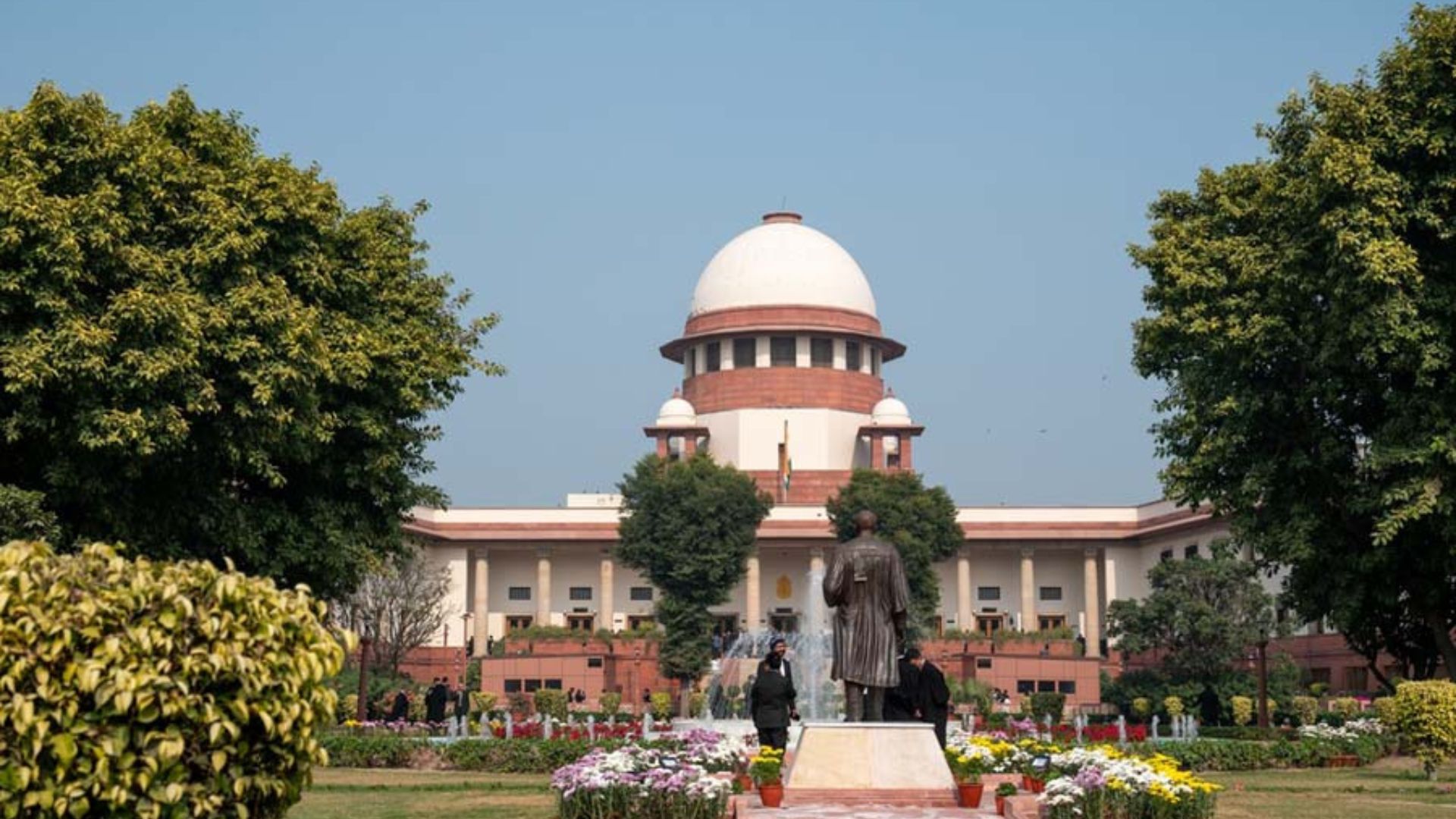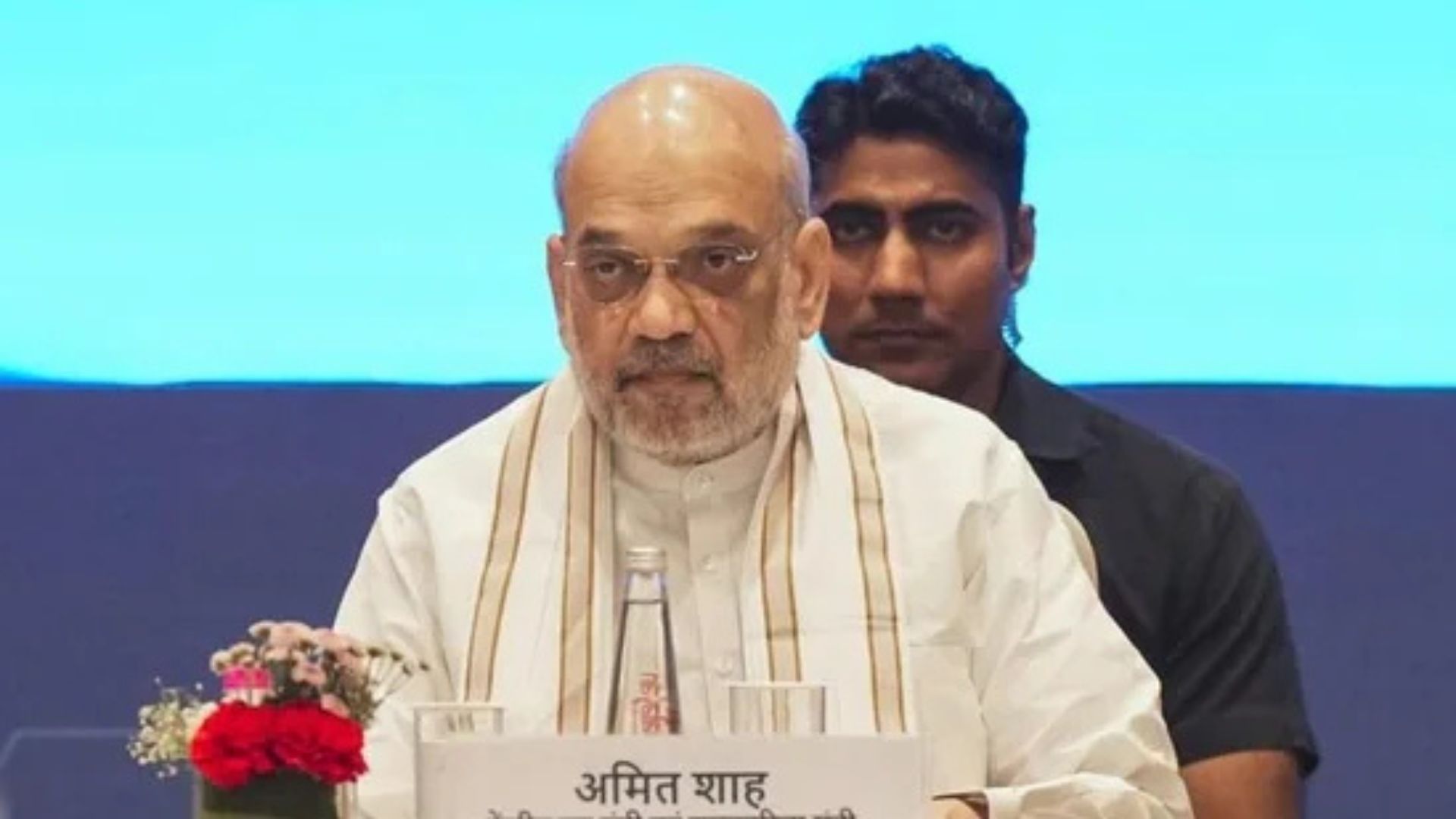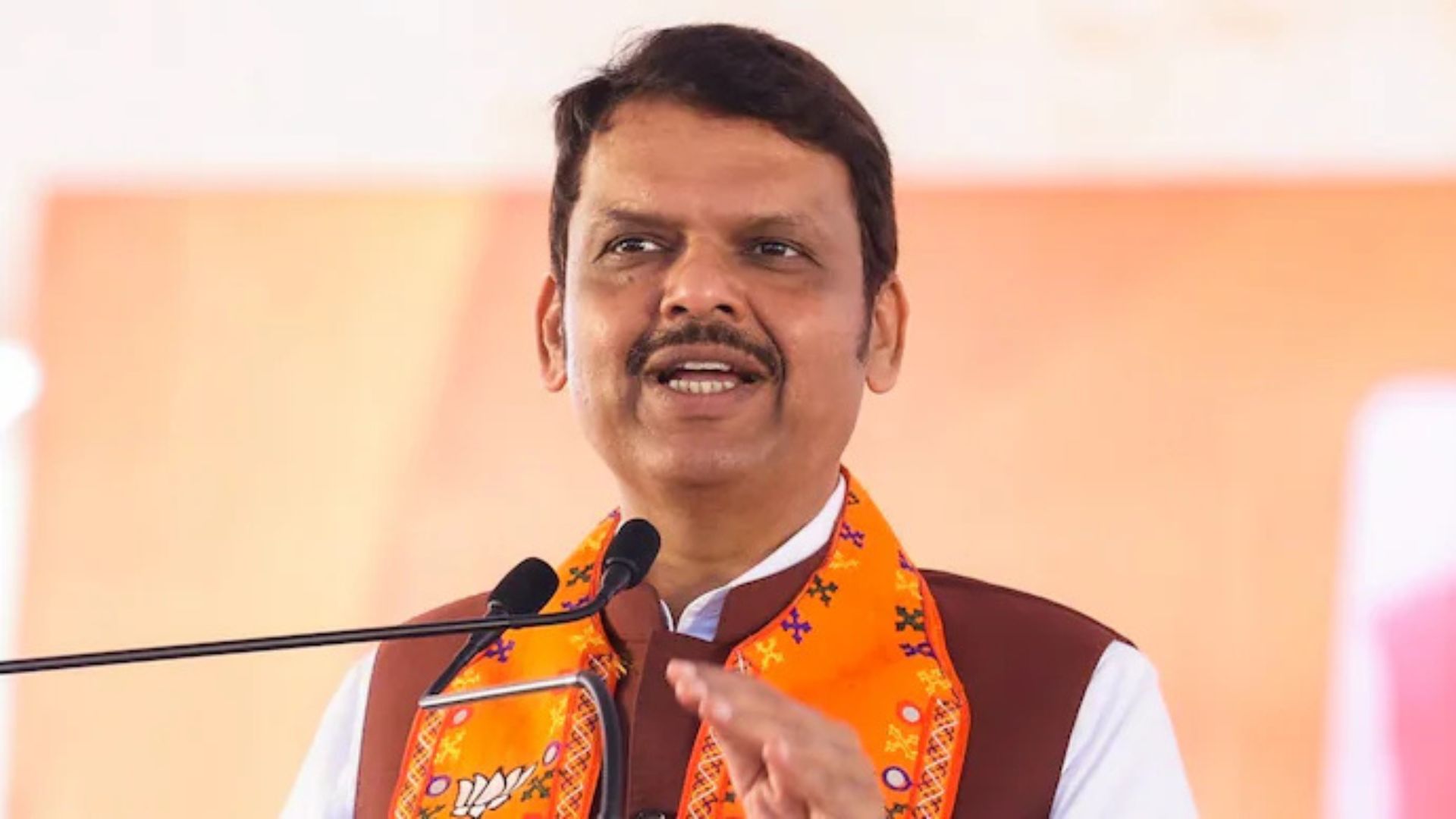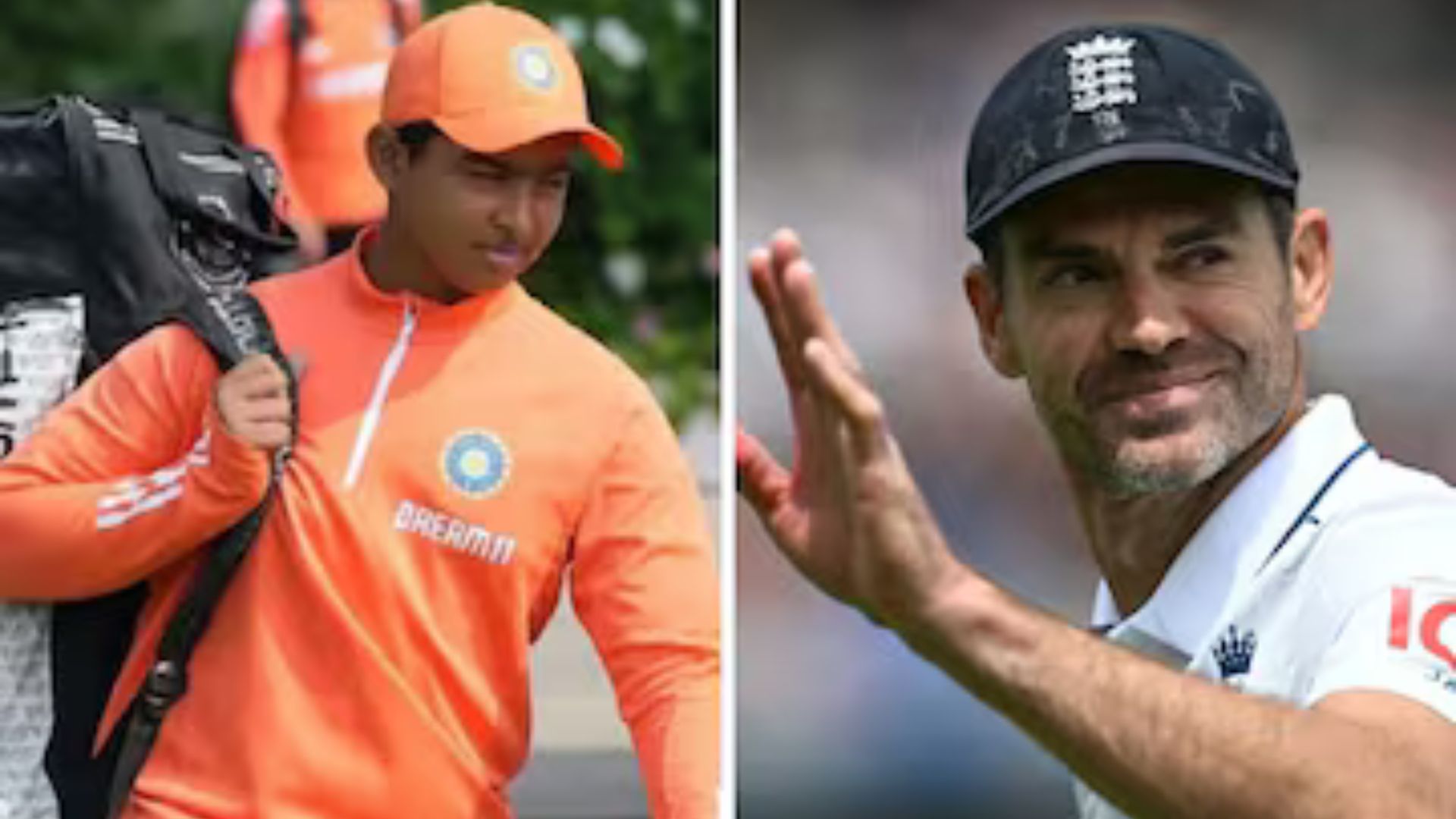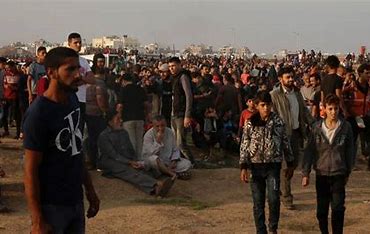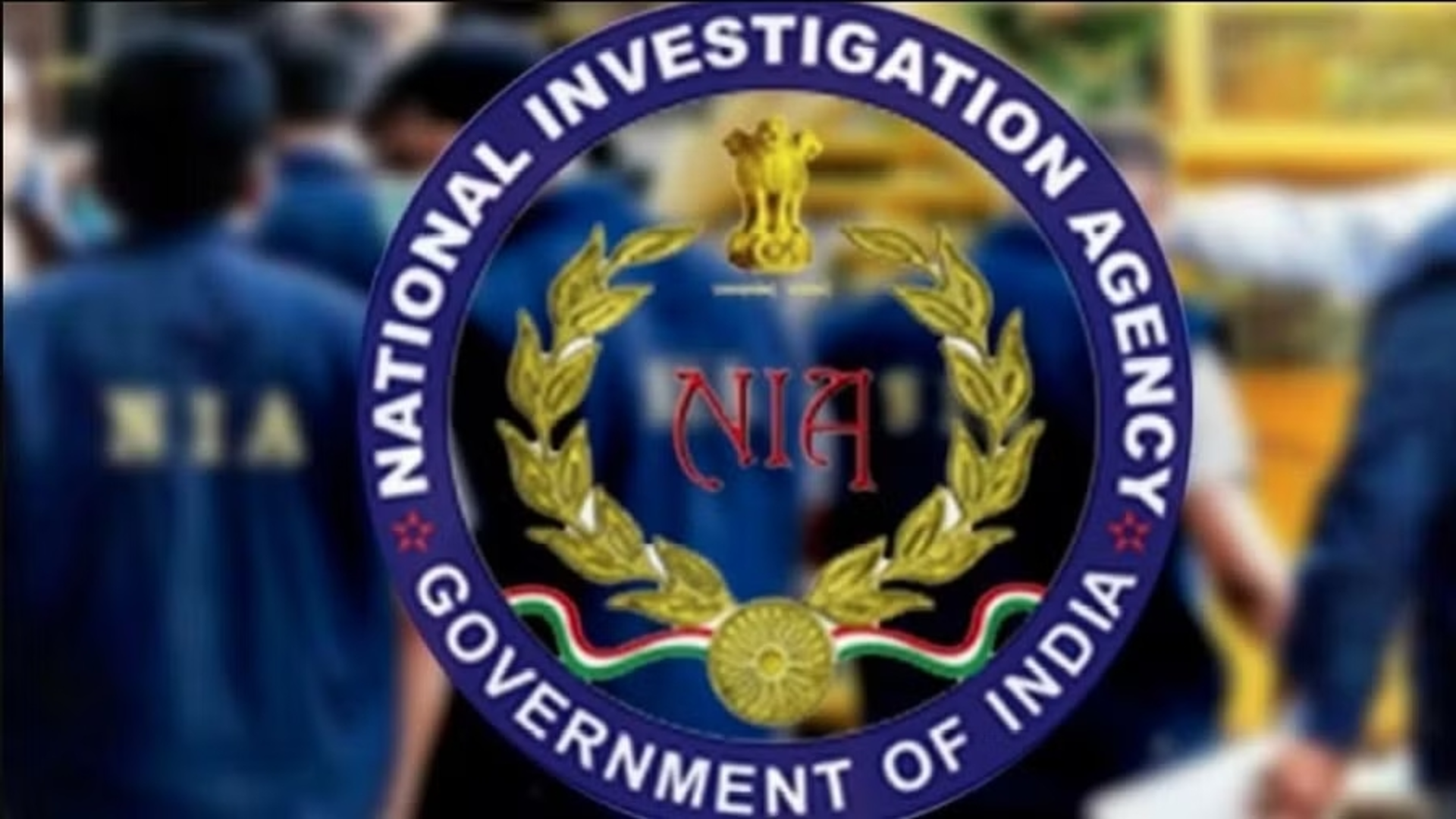
“Everything has been said already, but as no one listens, we must always begin again.”
Andre Gide – French Thinker and Writer
Justice Malimath Committee, which was tasked with suggesting reforms in the Criminal Justice System, started its report with the above quote by Andre Gide. This was in 2003. The authors of this piece have decided to do the same. And, there are three specific reasons for that. Firstly, demands for reforms to the Criminal Justice System and specifically Criminal Investigation in India have remained almost similar for the past three decades. In that, we have continuously raised the issues of outdated and colonial legislations, structural and behavioural inadequacies in the police force and the force’s inability to adapt to developing technologies and scientific tools of investigation. Secondly, India has historically had a secret love for constituting committees, giving them a time frame to suggest reforms and, the legislature then implementing them in bits and pieces. This has been a routine affair. We have done improvements. But, in that, as we just said, we have missed the root of the problem which is to create a dynamic and an inclusive police force. Thirdly, several civil society organisations, supreme court judgments, reports by international organisations and experience on the ground have suggested that our citizenry have no trust in the entire police administration when it comes to investigation and allied affairs connected to it. This has inevitably led to a backlog of cases, increased corruption, custodial violence and deaths, tampering of evidence and reduced conviction in criminal offences.
So, yes, everything has been said already and has also been repeated by many since decades. But there is no time like the present. Our courts have become increasingly vigilant to this development and this is more than it ever was. A Committee for ‘Reforms in Criminal Laws’ has been set up this year by the Ministry of Home Affairs, Government of India, with the mandate “to recommend reforms in the criminal laws of the country in a principled, effective, and efficient manner which ensures the safety and security of the individual, the community and the nation; and which prioritises the constitutional values of justice, dignity and the inherent worth of the individual.” So, these are exciting times in criminal law and for a student of criminal law, ‘hope against hope’ is the best medicine.
SOME NUMBERS FOR STARTERS
It is only fair, if we criticise the police force, to ceremoniously present facts in support of that narrative. The NCRB report on the status of crimes in India for the year 2019 was released recently on the 25th of September. The report suggests an increase in 1.6% of registered cases under the IPC and Special and Local Laws in the whole of India from 2018. Infact, the past decade has witnessed a steep rise in crime statistics in India. There has been a drastic increase of 63% cases under cognizable and 73% cases under local and special laws. The conviction rate of crimes in India on the other hand is 50.4% and chargesheeting rate is 67.2%. In rape cases, the chargesheeting rate was 81.5% and the conviction rate was 27.8%. In cases of murder, kidnapping & Abduction, Rioting and hurt (including acid attack), the conviction rate for the year 2019 was 41.9%, 24.9%, 19.4% and 30.6% respectively. There are only 30 cybercrime cells in India for a population of 1.3 billion people. There are only 7 central forensic science laboratories, and this has consistently been reported to be as ‘inadequate’.
The Common Cause report on ‘Status of Policing in India, 2019’ reveals some shocking numbers too. The report shows that police in India work at 77% of their sanctioned strength which is 3/4th of their capacity. The report shows how the representation of SCs, STs, OBCs and women is extremely poor in our police forces. Reserved positions for such personnel have lied vacant for years. The states topping the list here are U.P. and Haryana. Furthermore, it also shows how such groups are less likely to be posted at officer-level ranks than General personnel. They are also more likely to face unequal distribution of work wherein they are asked to do their senior’s chores, private jobs and household work.
One out of four female police personnel reported the absence of sexual harassment committee in their respective police stations and one out of five reported absence of separate toilets for female personnel. States like Bihar, Karnataka and Bengal have the highest levels of institutional bias against women in the forces. The report goes on to state that senior Police officers have a feeling that “women are less hardworking, less efficient and should focus on household duties”. Data shows that women police personnel are given in-house tasks like maintaining registers, etc. whereas, male personnel are given in-field investigation, law and order, policing and patrolling tasks.
What is shocking is that many police personnel have a feeling that Gender-Based Violence (GBV) complaints are false and motivated. They also feel that members of the Transgender community, Muslims, Dalits, etc. are more ‘naturally’ prone to committing crimes. Convincingly, a plausible reason for why states like UP tops the list in the greatest number of custodial deaths.
The increasing nature of politicization of crimes, in general, has gained momentum in the last decade. The 2019 report shows how police personnel almost always face political pressure while investigating crimes that have political ramifications. It is also seen that there are certain areas where political control is exercised more effectively with the help of the police. The areas where the majority population is from the Dalit or minority community, the police infrastructure in those areas is in shambles. There is a greater lack of adequate training, digital accessibility, vehicles and funding provided to the police. In such a situation, crimes either go unreported or are met with state-sponsored violence in police stations. Only 6.4% of the police force has been provided in-service training over the last five years. This too has been provided mostly to senior-level officers. Transfers of police officers involved in investigating crimes are highest in the states of U.P. and Haryana.
WHAT DO THESE NUMBERS SHOW?
So, the next obvious question will be – what do these long lists of statistics and survey reports state. After a point, they look confusing because they hint at the same problem in different ways. However, for our convenience, let’s point out five critical points of conclusions from the above data.
POLICE FORCE REMAINS SEVERELY UNDERSTAFFED, OVERBURDENED AND UNDERREPRESENTED
Lack of adequate number of police personnel ensures that the existing workforce is overburdened with work. The police have majorly two responsibilities – law and order and crime investigation. However, there is no categorization of the force into these two departments. Our personnel are involved in both these jobs which severely hampers the progress of any investigation that is being simultaneously carried out. Majority of our personnel are overburdened with work. They are required to be available for work 24 hours a day and 7 days a week. Most of them who are qualified enough, are put into VIP bandobast duty – making life easier for businessmen, stars from the entertainment industry, sports and politics. Reduced efficiency and depression are a normal consequence.
Under-representation of the force, on the other hand, ensures a lack of diversity. Our administrations are yet to learn that people from different communities and different backgrounds will bring with them different experiences and this would enable new ideas to be brought to the table. Yet, our police force is majorly represented by one section of the community. Reserved positions have mostly lied vacant for years. Let’s understand that lack of diversity leads to the strengthening of the behavioural biases that we have historically gathered as an institution. If women, SCs, STs, OBCs and minority communities are a part of the police force, the discriminatory practices against them would also decrease. It’s a simple formula of representative democracy. If people don’t relate to the crimes they are investigating or are prejudiced against the accused or the victim, as the data’s show, it will hamper the investigation and that is exactly the story of our criminal investigation system so far.
FORCES REMAIN UNDERTRAINED
The other problem we discuss is the lack of training in the police forces. The little available training is only given to the officer level personnel. Many states in India have little to no training available for its personnel. This ensures feudal mindsets to grow within the force, especially among the lower level personnel. The first reaction to a crime on the street, from the police force, is by a hawaldar or an Assistant Sub-Inspector who leads a team of sepoys (the lowest-ranked personnel) to investigate the most serious to the most heinous offences. Before the case is handed to an Investigating Officer, they are the ones who are tasked with collection of evidence from the scene of the crime, initial arrests that are to be made and empathetic response to the victim and his/her family. Training to such lower rank personnel ensures that they would, in this entire process, follow the spirit of the law and react most professionally. However, the reality is exactly the opposite. We know this either from experience or from the several observations made by our courts on how the police had failed in its initial duty which lead to the entire case falling apart.
RETICENT TO CHANGE
While most of the world’s homeland security and local police administration has shown inclusivity and have incorporated the new developments in science and technology that act as revolutionary tools for investigation, our state police forces remain mostly the same. Changes have ofcourse happened and simply writing them off and not acknowledging those developments would be unfair. However, they remain so little and so much controlled by the political executive, that it would suffice to term it as merely symbolic. As numbers have shown above, India has merely 7 Forensic Science Laboratories for a population that is the world’s second-largest while America has 400 FSLs. India has merely 30 cybersecurity cells in an age of globalization when Internet has become the medium we use to live and enjoy most of our lives and so, as we see, is going to be the case increasingly in the near future as well. Local police stations in most of the country are not even aware of the dangers that cybercrime poses, while on the other hand internet penetration in our villages is now increasing like never before. We are not prepared to deal with the huge gamut of cases that will come in the next decade relating to cybercrime. Our police force is also least trained to deal with people’s data and their personal information with sensitivity.
Understanding how new technologies in criminal investigation has changed the way police forces across the globe respond to crimes and its after-effects is crucial in speedy justice and ensuring the efficiency of our forces.
LACK OF CO-ORDINATION
Another aspect of this is – the lack of a formal integration mechanism of criminologists, psychologists, psychiatrists, civil society organisations and experts in victimology with the police force in the investigation procedure. It is to be understood that crimes today are extremely complicated – in that, we know that there are new kinds of offences and new means and modes have emerged that facilitate the criminal. Also, criminals, today can no more be categorized in the same fashion as we used to earlier. Today, increasingly, crimes are committed by people for no reason at all. Socio-economic inequalities, years of oppression, systemic violence and gradual marginalization are the prime reasons for the increase in crimes. Such criminals have no fear for the law, and neither are they afraid of any kind of deterrence. In such times, integration of psychologists and other such experts, who help in psychological mapping and other such techniques to extract a confession, will further the cause of investigation. Infact, it will also help in analysing how our future investigations must be carried out and help shape our public policy towards the prevention of crime in the longer run.
Our police force continues to rely on violence for extracting confession and carrying its investigation properly. This does not just lead to a violation of the most basic human rights of those accused but is also highly unsustainable. Such a mechanism cannot be carried for long behind closed doors. Inclusion of such experts as mentioned above wouldn’t just solve these problems but infact, with more expertise and reliability ensure that our systems are sustainable and do not face popular backlash in the coming years.
NEW ROLES OF POLITICS AND MEDIA
The role that the political system in India and the new age of media (including digital and social media) has played in the last decade, is slowly becoming a huge threat to impartial and unbiased investigation of crimes by police forces. Political interference has almost become a norm and politicization of crimes a new hobby of the media. In these difficult times, when media trial is carried out and no laws or legislations are in place to regulate it, the police force is either swayed by popular opinion or is forced to do what its political masters ask it to do. The recent challenges to media trial have shown how it poses a grave danger to the entire criminal justice system where a group of people sitting in a studio, with little to no experience in investigation can dictate terms to the police force. The proliferation and normalization of such a development will become the biggest challenge of our times with respect to protecting the Rule of law from becoming an outdated model of constitutional governance.
Special branches of the investigation machinery such as the CBI, ED, NCB, etc. remain controlled heavily by the political executive. Sensitive cases that are transferred to these departments are controlled the way the political system wishes to control them. And this has led to a severe loss of credibility and trust in these organisations who were constituted to offer professionalism, efficiency, expertise and better results.
The Police force has been consistently accused of its failure to register crimes, investigate politically sensitive cases impartially, extrajudicial killings, custodial deaths, arrests on false charges, detention without charges and for due process not being followed.
THE ROAD AHEAD
The problems, as we stated at the starting of this piece are not being pointed for the first time and so there is absolutely nothing innovative about the solutions either. They remain the same. What has changed is the context in which these reforms are being demanded by organisations, departments and other stakeholders who are affected by the crisis. Crimes impact each one of us and they are a serious threat to the way our societies will grow.
Unless we realise the root of the problem, we will never be able to identify the bottlenecks and resultantly our solutions will simply be all talk and no constructive work.
Our solutions in making criminal investigation more accountable, structured, speedy, modern and professional will have to start with doing away with the laws that govern our forces. Our police forces are still working under the archaic Indian Police Act of 1861. We need to fund alternate organisations to ensure better integration of scientific experts, forensic experts, criminologists, etc. with the police in their investigation who would not just assist in investigation but would also shape our future policies for crime reduction. We need to be more open and accepting towards diversity in our forces and ensure that training – both physical as well as emotional and intellectual training is imparted to the personnel.
In our view, the committee setup this year has a bigger task before itself. This is because, its work should not just be limited to suggesting amendments in the existing laws but to do a complete policy analysis and ensure that structural, legal and behavioural changes are introduced in our criminal investigation machinery. If it fails to do so, it will remain just another committee, which will be read by us for a study on ‘historical development of criminal law’ in legal history books.
Anurag is a student of National Law University, Visakhapatnam and Abhinav is a student of Amity Law School, Noida
